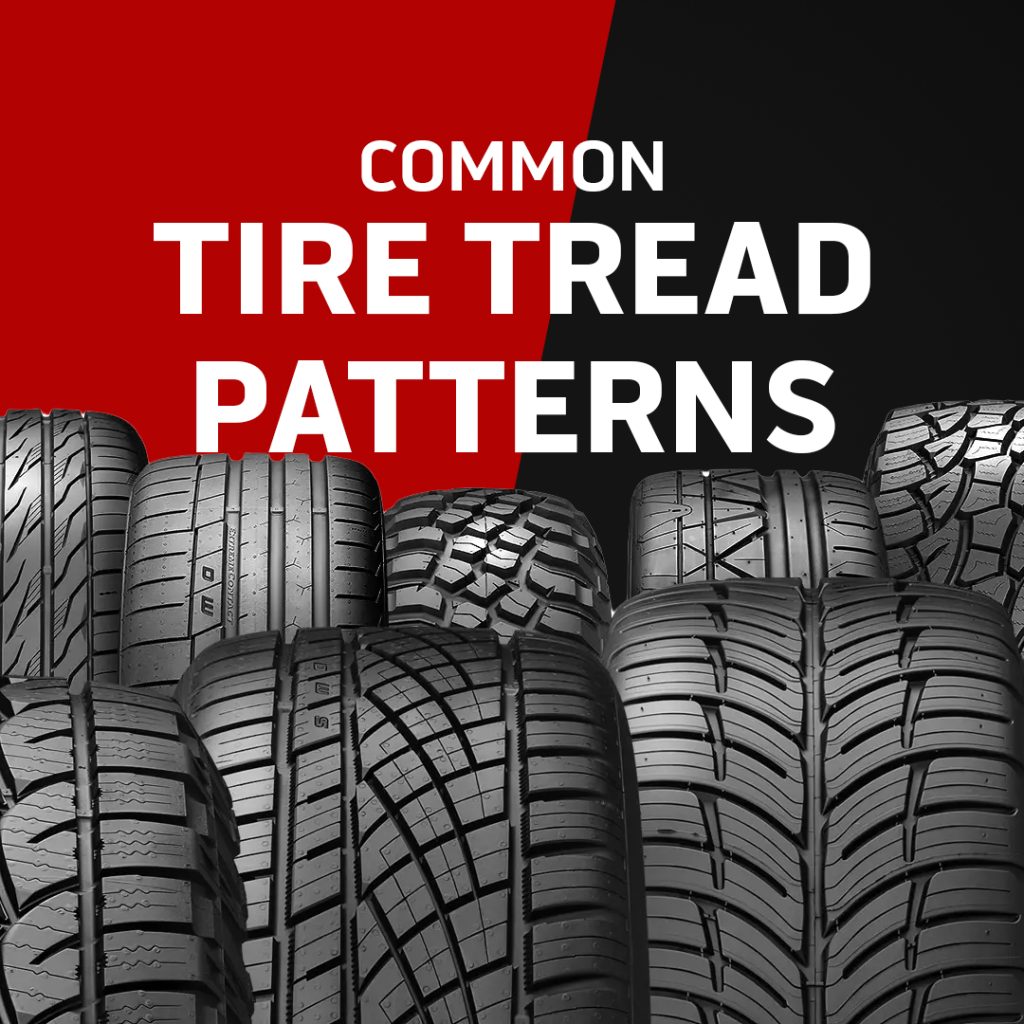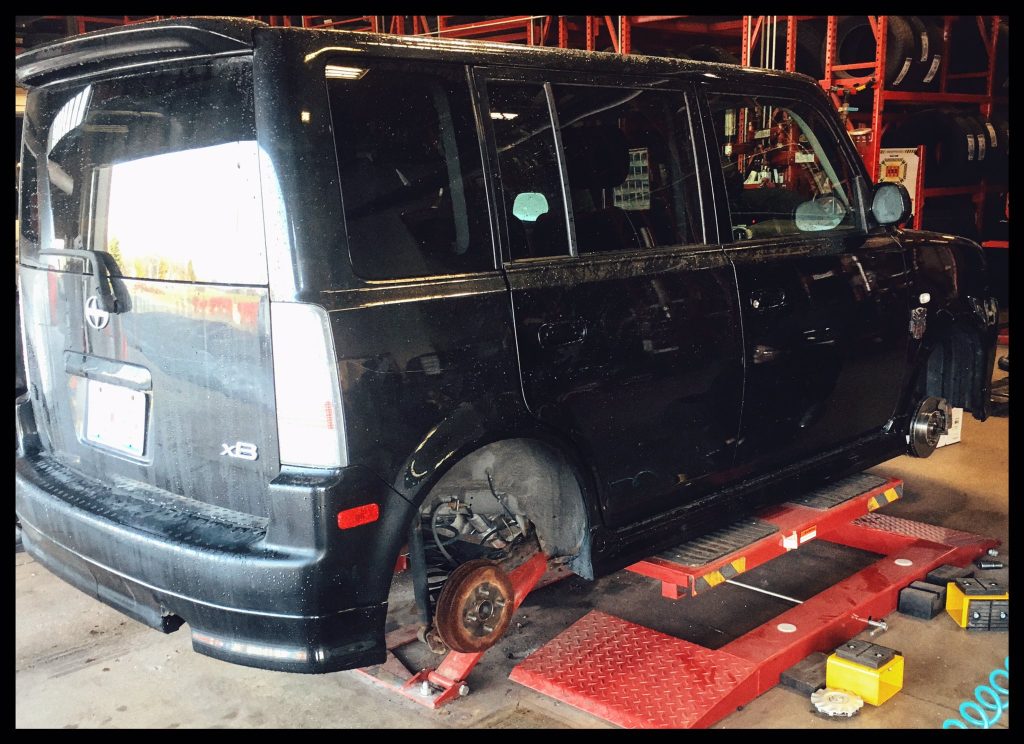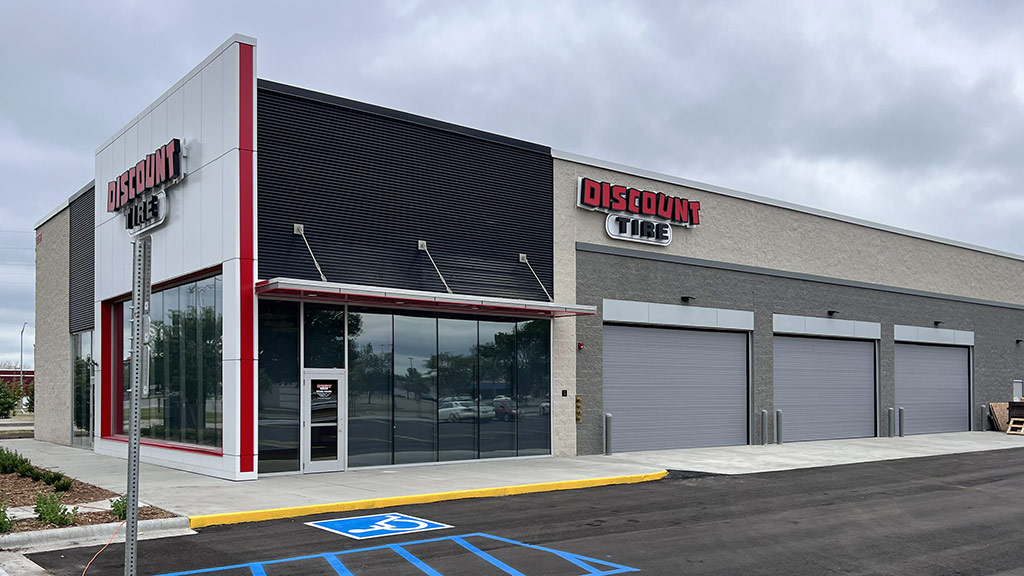As temperatures rise during the summer months, the friction from your vehicle’s tires rolling, turning, and braking combined with higher pavement temperatures could lead to potential trouble while on the road.
While added variables like increased traffic due to summer travelers, construction, sun glare, and unpredictable weather can all increase your risks, knowing the condition of your vehicle and one of its most important components – the tires – can help keep you safe on the roadways. Whether you’re traveling across the country for vacation or just across town, consider these tire safety tips from the experts at your neighborhood Discount Tire store.
Know Your Tires’ Age
The older your tires, the higher their risk for failure. As tires age, the rubber becomes hard and brittle, losing elasticity and strength. The age of your tires can be found by checking the Tire Identification Number stamped on their sidewalls. Any tire that’s more than 6 years old should be replaced, but tires should generally be replaced in sets of two or four to help ensure even wear and maximum safety.

Check Your Tread
Tread depth, which refers to the amount of tread on a tire, determines a vehicle’s safe stopping distance and impacts handling and traction. More tread equals better road grip and shorter stopping distances. To easily check your tread depth at home, stick a penny upside-down in a tread groove. If President Lincoln’s entire head is visible, your tread is worn beyond what tire experts recommend as safe – less than 4/32 inch – and it’s time to replace your tires. If you need assistance, visit a store like your local Discount Tire, which offers complimentary tread checks in seconds using its mobile tread depth detection system.
Get Pressure Right and Check It Often
Low tire pressure can lead to poor handling and gas mileage, excessive wear and overloading. To stay safe on the road, remember to check your tires’ air pressure at least once a month, especially before any long-distance trips, as the impacts and pressures of bumps and turns can lead to normal air loss. Temperature changes also affect air pressure – for every 10 degrees in ambient temperature change, the tire air pressure changes 1 pound per square inch (PSI). For the most accurate reading, check your tires when they’re cool. You can find the manufacturer’s recommended tire pressure on a sticker in your car’s door jamb or in your owner’s manual.

Rotate Often
Tires wear differently depending on their location on the vehicle and should be rotated every 6,000 miles to spread wear as evenly as possible and maximize handling, traction, and stopping power. If you notice uneven wear, tires may need to be rotated more often. If you utilize seasonal tires, Discount Tire offers all-season tire changeover, which ensures your vehicle has the best possible traction during each season.
Inspect Your Trunk
Many new vehicles have replaced spare tires with tire inflation kits that include puncture-coating sealants, air compressors and even run-flat tires. Check to see what equipment your vehicle contains to assist with a flat or tire failure and make sure you have a roadside assistance plan in case you find yourself in need of help with flat repairs or replacements.
For additional tire safety tips, to locate a store near you or schedule a service appointment, visit discounttire.com or use the mobile app.
Top Photo: Discount Tire’s first store in North Dakota. The location in Grand Forks opened in June 2023 and marks the company’s entry into its 38th state.
SOURCE:
Discount Tire





